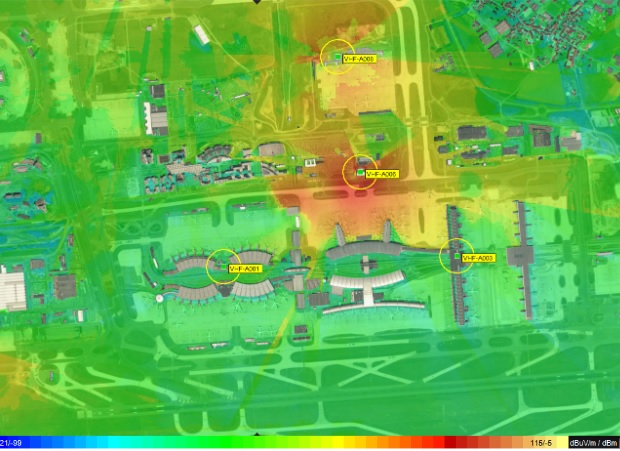
Advanced Radio network planning and modelling
Supporting every stage of the radio network lifecycle
ATDI supports civil aviation authorities, air traffic controllers, national regulators and airport authorities to manage their wireless connectivity. With growing pressure on the use of wireless technologies, ATDI delivers reliable, cost-effective software solutions and services to enable organisations to handle their radio spectrum efficiently.
Our software solutions and services cover the full scope of airport and airspace comms from air-to-ground (A2G), ground-to-ground (G2G) and air-to-ground (A2G) for network planning and optimisation, and analyses communications, navigation and surveillance (CNS) radio instruments.
Our flagship software solution, HTZ supports the full range of aviation communication systems including aeronautical comms (HF, VHF/UHF, MW, Satellite and HAPS), navigation systems (ILS, VOR, DMS, DME-DME), surveillance (radars) and multilateration (sensors). HTZ designs smart airports by supporting IOT technologies like LoRa, SigFox, and WiFi and provides spectrum coordination at national and regional levels.
Our dedicated engineering and software development teams ensure that our solutions continue to grow and evolve. Our technology-neutral solutions manage any radio technology across the spectrum, allowing users to model multiple radio technologies across one project.

ILS coordination area

Air-to-ground (A2G) LTE coverage shows the DL and SNIR outputs

Intrusion of aircraft into VOR coverage



Use Cases & Product Features
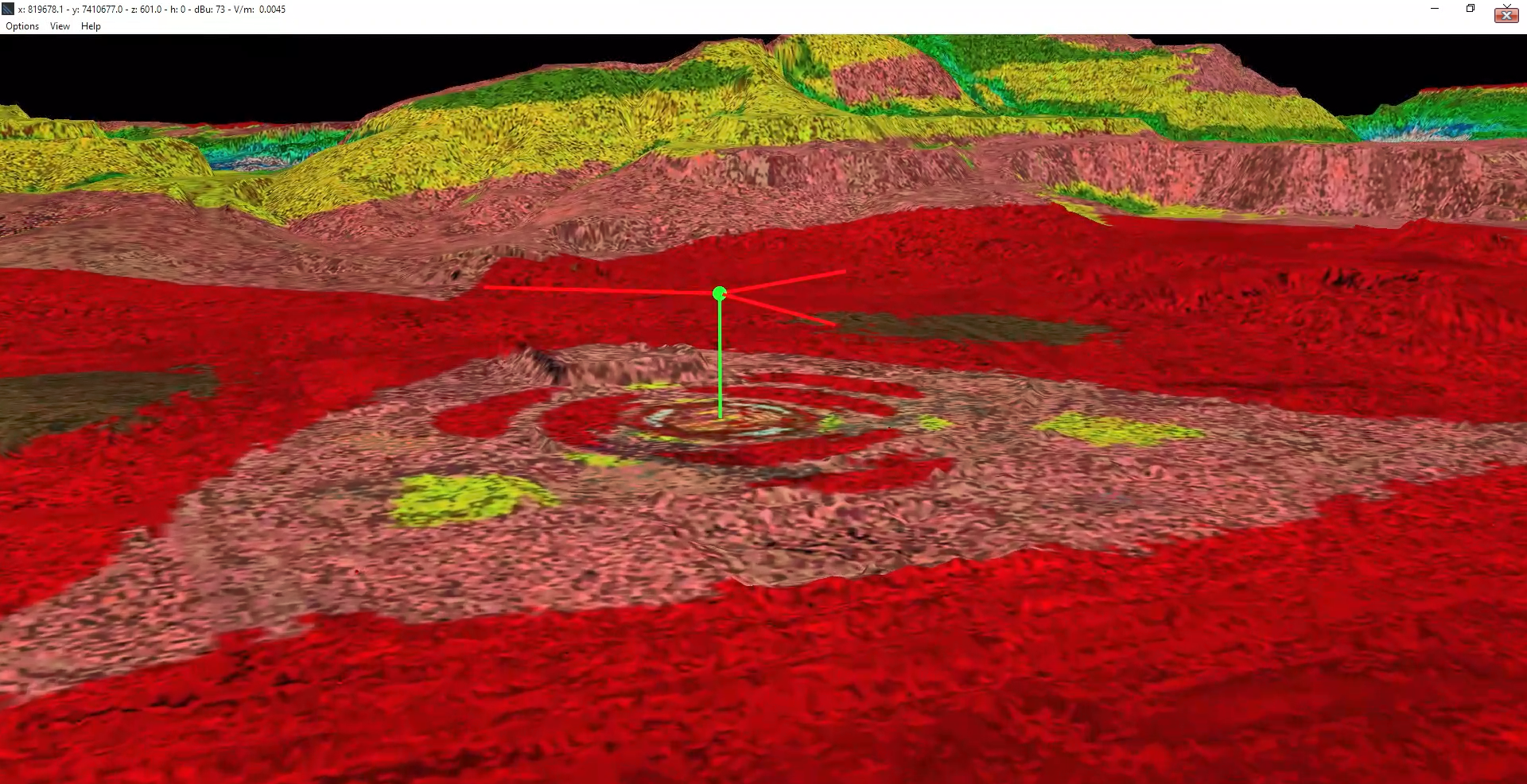
Protecting military radars from 5G interference
Protecting vital resources like the C-band air defence systems for target detection, recognition and weapon control is essential to national security. ATDI completed a nationwide study on radio propagation, interference analysis and mitigation techniques for 5G towers close to aeronautical radars.
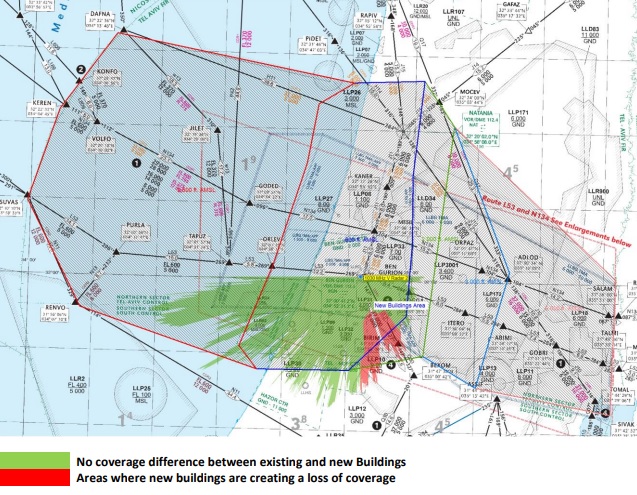
Modelling impact of new buildings on VHF coverage
Using HTZ, ATDI simulated the impact of a new building on the airfield. The new building footprint was overlaid on the map and the Deygout 94 propagation model was applied. Simulations were calculated at 1m for ground use and 3m for aircraft receiver heights. The study provided coverage plots for receive and transmit sites with a field strength below ICAO recommendations.
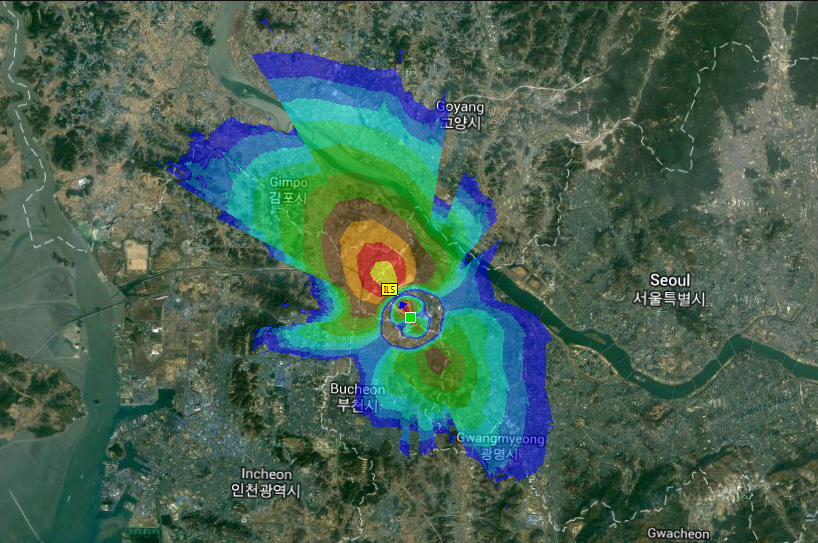
Compatibility between Broadcast & ILS
Using HTZ, ATDI completes compatibility analyses between broadcast systems in Band II and instrument landing systems. Meeting ICAO compliance standards, HTZ manages coexistence criteria between systems, ensuring interference doesn't impact critical comms infrastructure.
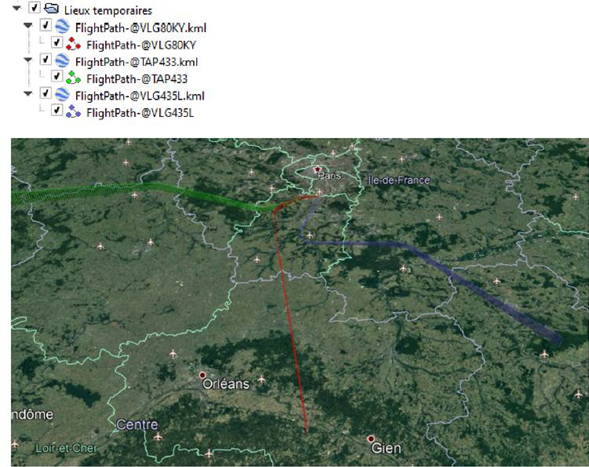
MW link v. Flight altitude analysis
Using HTZ, users can identify the potential impact of flight paths on MW links in and around an airport. Users must assess the viability of predefined microwave links and the potential intersections between the Fresnel zone for each beam and the flight paths.
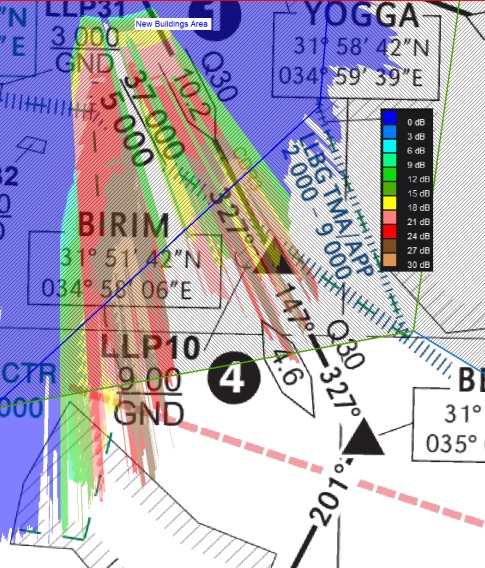
ICAO Building heights
This function computes the max. building heights on each point of the map, for seen and not seen points. This automatically checks the max clearance and then re-calculates a new dataset based on the ASCII-GRID format. Essential when modelling the impact of new buildings on Radars and other airport comms equipment.
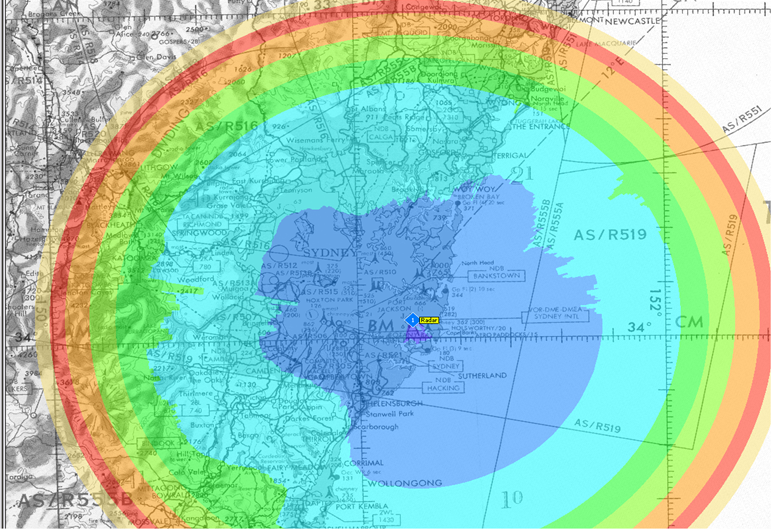
Exclusion zones
This function supports coexistence modelling between 5G and radio altimeters by calculating the min. the separation between bands, taking into account the digital terrain model, buildings, flight path and flight height and the 5G network deployment. Once parameters are input, including propagation modelling, transmission power and antenna height, pattern and tilt, the uplink signal to the radio altimeter can be modelled.
.png?width=1118&height=529&name=Multilateration%20accuracy%20map%20(MLAT).png)
Multilateration
The MLAT function calculates the location of an aircraft accurately. TDOA calculates the time difference between the signals received by multiple sensors, while TSOA calculates the time synchronization of the signals received by multiple sensors. Both methods reduce errors in locating aircraft and enhance tracking accuracy. HTZ uses advanced algorithms to calculate the location of the aircraft with the TDOA and TSOA methods to improve the accuracy of results.
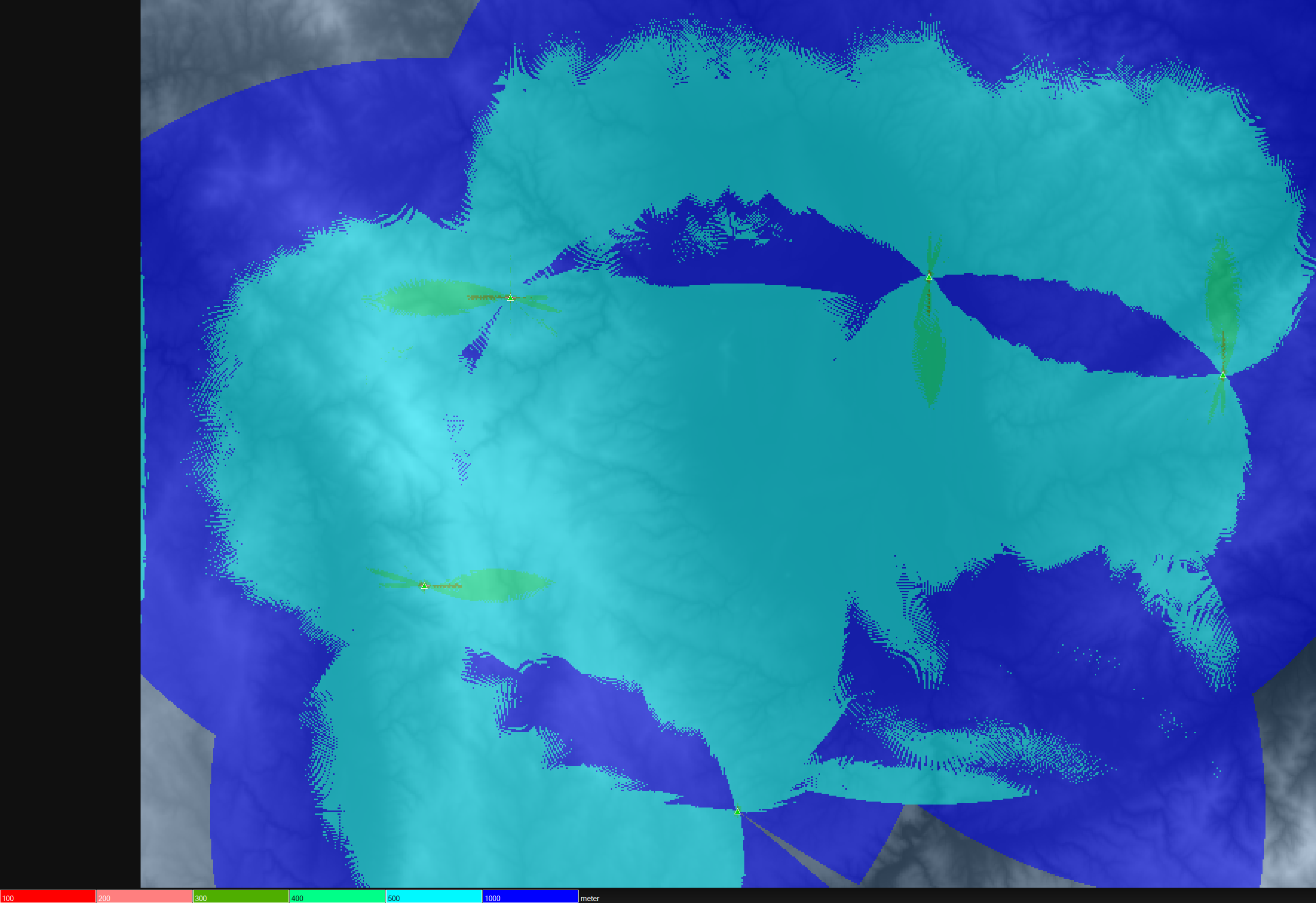
Localization
The localization accuracy map featured in HTZ, allows the user to determine the localization accuracy of a network consisting of Direction Finders. These detect the best possible locations for virtual transmitters located on the map.
Drones & Anti-Drones
As the use of drones or unmanned aircraft (UAV) grows, businesses and Governments are seeing significant demand across areas like transport, military, logistics and commercial sectors. ATDI has implemented key features to support mission planning, jamming efficiency analysis, drone-controller localisation, radar detection capability analysis and flightpath RF simulation analysis. The reception analysis feature computes coverage in a 3D environment at different elevations.
The presence of drones near airports can pose significant safety and operational risks, including the potential for collisions with manned aircraft, disruptions to flight schedules, and security concerns. Counter-drone, or counter-UAV (Unmanned Aerial Vehicle), technologies and strategies are designed to detect, track, and mitigate the threat posed by unauthorised or malicious drones. HTZ is used extensively to manage drones and anti-drones. It creates batch coverage maps at various altitudes across dense urban areas and identifies potential sites for not-spot coverage.
To learn more about using UAVs as target decoys, counter-drones for combat missions and R&D, contact us today.
Indoor Modelling

HTZ Communications can model communications inside terminals and hangers in the airport. The indoor modelling supports multiple technologies, including WiFi 6. HTZ features an ITU propagation model for indoor environments and allows the user to specify building materials in the settings.
View the HTZ tutorial here.
Our Services
Our consulting services span the whole lifecycle of the network implementation from network planning to coexistence and interference analysis. Projects vary considerably and range from analysing the impact of 5G towers on airport navigation systems to modelling the effects of a new building on airport comms. Our technical team consists of subject experts who can model complex scenarios with ease. Talk to us today.
KEY FEATURES
Our dedicated development team ensures that our software solutions continue to develop and evolve. Users can manage any radio technology across the spectrum to model multiple technologies across one project.
Technologies supported include 4G/5G, Microwave/P2P/P2MP, LoRaWAN, Wi-Fi, VHF/UHF/LF/MF and TETRA.
Navigation systems covered Radar,
VOR/ILS/GS/GPS, Satellite, HAPSand MLAT.
